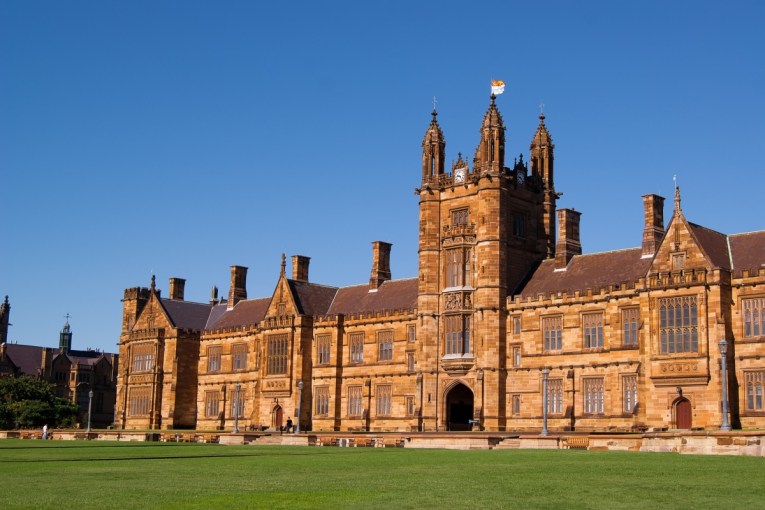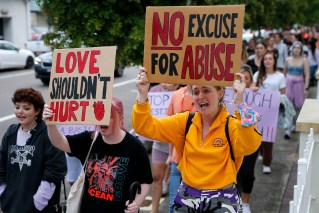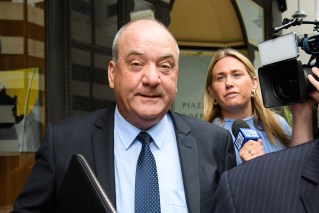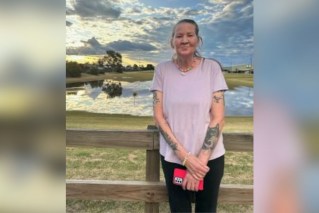Ten questions about the $1500 wage subsidy people need answered

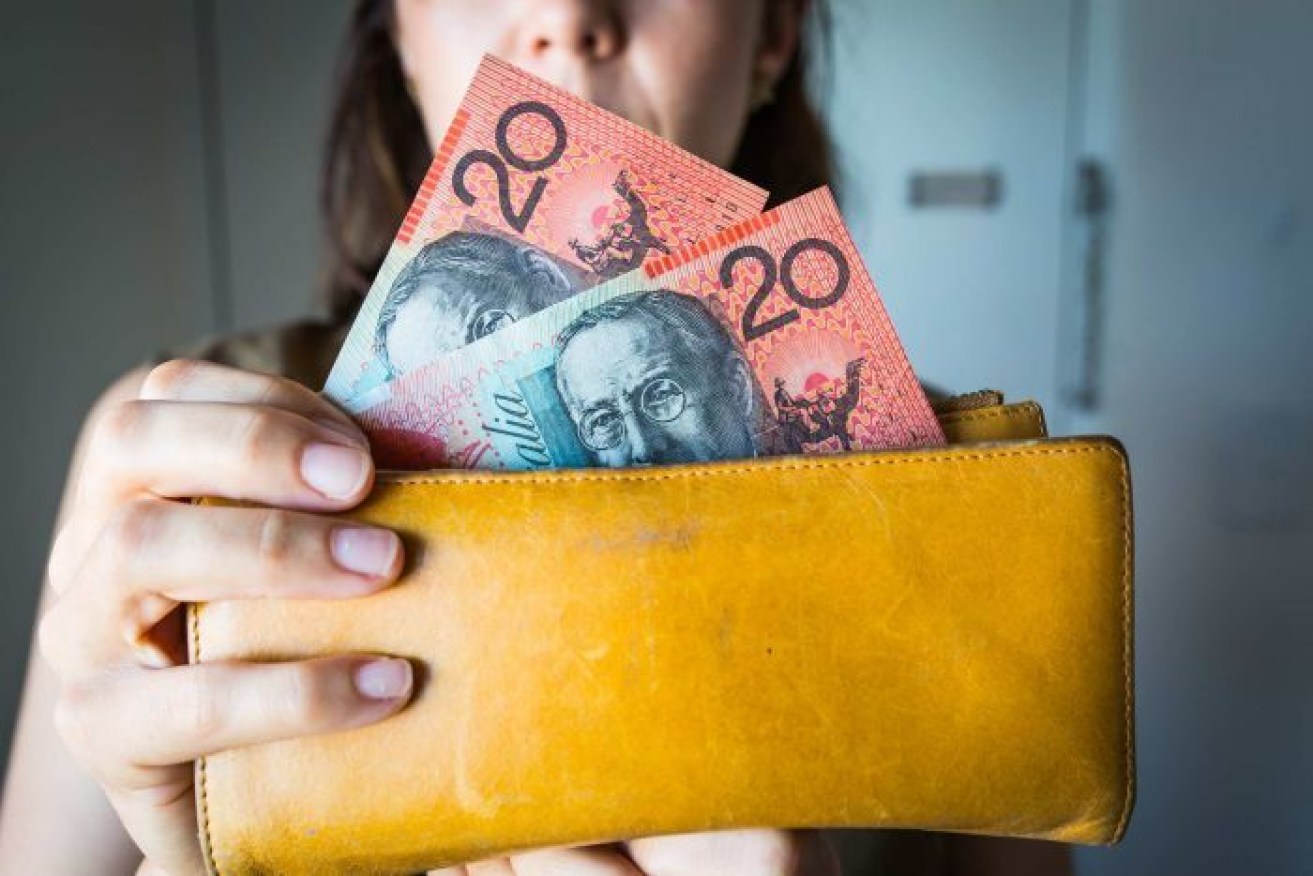
The JobKeeper Payment announced on Monday is designed to protect jobs during a hibernation period.
Scott Morrison will unleash an unprecedented $130 billion of taxpayers’ money with one mission in mind: Putting the Australian economy on life support and protecting jobs.
It’s a radical experiment that the Prime Minister concedes is unprecedented.
It’s also a gamble on the hope that COVID-19 rates will not spike again before a vaccine is found, forcing governments to re-introduce draconian measures and shut down businesses again.
The JobKeeper Payment is designed to help bosses keep staff on the payroll during government-ordered shutdowns and reduced profits.
The hope is they are ready to go back to work or increase hours when the business emerges from ‘hibernation’.
Workers don’t have to be stood down, you just have to prove turnover has taken a hit.
But it will also help sole traders, casuals and part-timers whose hours have been reduced as a result of COVID-19.
Mr Morrison predicts it could help six million Australians workers.
Here’s how it works.
Who gets it?
To be eligible, a worker must have worked for a company for 12 months or longer.
The employer needs to prove the business is down 30 per cent as a result of COVOID-19 or they expect it will soon be the case.
Eligible workers need to be an Australian citizen, the holder of a permanent visa, a protected special category visa holder, a non-protected special category visa holder who has been residing continually in Australia for 10 years or more, or a special category (Subclass 444) visa holder.
How will it work if I am an employer?
Any business with a turnover of less than $1 billion that has had turnover reduced by more than 30 per cent will qualify.
That’s likely to include cafes and restaurants that have laid off staff and retailers including Cotton On that have temporarily closed down.
But it could also help companies like Target that have far fewer customers than usual.
Even big businesses with a turnover of $1 billion or more will qualify if their turnover is reduced by more than 50 per cent, relative to a comparable period a year ago.
That sounds like the scheme is been tailor-made to offer assistance to airlines like Qantas, which has stood down more than 20,000 staff.
If you’re a small business with five employees who all currently earn $1700 per fortnight before tax, you could continue to pay your staff their full wage while only incurring a $200 wage cost per fortnight before tax per employee above the $1500 per fortnight.
Can employers ‘top up’ the basic $1500 payment?
Yes. The minimum payment eligible workers will get is $1500 before tax.
But your boss could choose to use it as a wage subsidy during the downturn, but continue to pay you more than that if, for example, you are still working or choose to pay you the minimum amount while you’re stood down and not working.
How do I apply?
Employers need to contact the Australian Taxation Office to participate in the scheme.
You will need to provide supporting information demonstrating a downturn in their business.
The ATO will also need to know the number of eligible employees employed by the business.
Workers don’t need to apply but they need to talk to employers if they have been laid off after March 1.
Workers don’t get the $1500 as a welfare payment.
It will be paid by employers through the payroll system.
What guarantee is there that businesses will keep workers on?
According to the Prime Minister, because the payments will be run through the ATO, that will provide the mechanisms for it to follow up with employers.
“This is a payment per employee that will be able to be followed through on what is known as the single-touch payroll system, which is now being broadly implemented right across Australia,” Mr Morrison said.
“And that puts the checks and balances in place for the tax office to be able to ping those who are not doing the right thing.”
If an employee already receives $1500 or more in income per fortnight before tax, they will continue to receive their regular income according to their prevailing workplace laws.
The JobKeeper Payment will assist their employer to continue operating by subsidising workers’ pay.
Treasurer Josh Frydenberg said there is a legal obligation on the part of employers.
“This is a psychological and tangible material boost to employees around the country,” he said.
What if I am an employer who has laid off workers over COVID-19?
As long as an employee was on your books on March 1 and continues to be engaged by that employer – including full-time, part-time, long-term casuals and stood-down employees, you’re eligible.
If you have already stood down employees before the start of the scheme, you can still participate.
If the employee is receiving the Jobseeker payment or “the dole” after being stood down or having their hours reduced and the employer will be eligible for the JobKeeper Payment, the staff member will need to advise Services Australia of their new income.
If an employee has been stood down, their employer must pay their employee, at a minimum, $1500 per fortnight, before tax.
Superannuation on any additional wage paid because of the JobKeeper Payment is at the discretion of the employer.
What if I am a part-time or a casual worker?
Part-time workers and casuals qualify if they’ve worked for an employer for 12 months or longer.
Even if you earn less than $1500 per fortnight you will get the full amount under the scheme.
That means some workers will even qualify for a short-term pay rise.
If you have more than one employer you can only claim for the $1500 payment once which is paid to the company, not directly to you in the first instance.
What if I am a sole trader?
If you’re a sole trader or self-employed you may will be eligible if you can prove you have suffered or expect to suffer a 30 per cent decline in turnover relative to a comparable prior period.
That means you don’t even have to prove your turnover is down 30 per cent, you just need to say you expect that.
So, if you’re a hairdresser and you expect business will dry up under the new rules in NSW where you can’t leave the house for non-essential purposes, you could stand down staff and pay them the $1500 per fortnight.
For example, if you’re a florist who expects to lose money over COVID-19 you can apply and potentially receive $1500 per fortnight before tax, paid on a monthly basis.
What if I’ve lost my job and my employer won’t put me back on the payroll?
If you’ve been laid off and applied for the JobSeeker Payment and the Coronavirus Supplement, you’re eligible to receive $1124.50 before tax per fortnight.
But if you can convince your employer to re-hire you under the JobKeeper Payment, you can receive $1500 a fortnight before tax while you are stood down.
However, you need to tell Services Australia about the income.
You are no longer eligible for the JobSeeker Payment and the Coronavirus Supplement from Services Australia as a result of receiving the JobKeeper Payment.
How long will it last?
It’s a temporary measure that will last for only six months.
The idea is that businesses can keep people in their jobs and re-start when the crisis is over.
For workers, it holds the hope they can keep their job and earn an income – even if their hours have been cut.
The subsidy will start on March 30, but payments won’t start until the first week of May.
That means millions of bosses and sole traders will get a big lump sum in that month.
